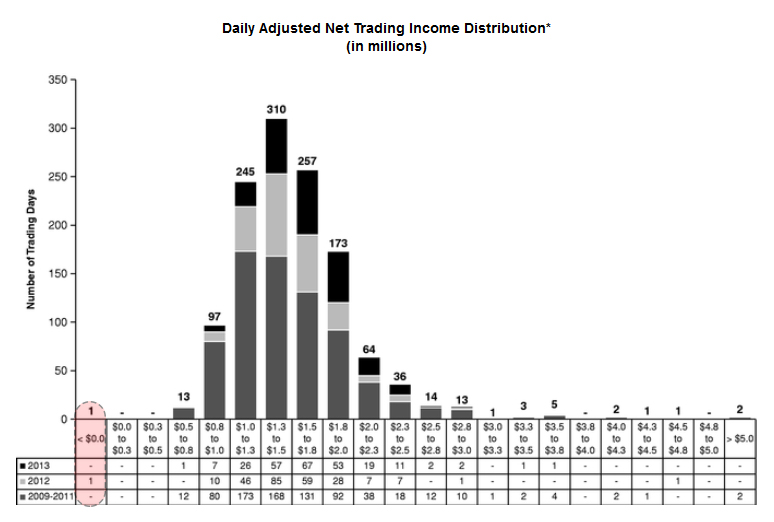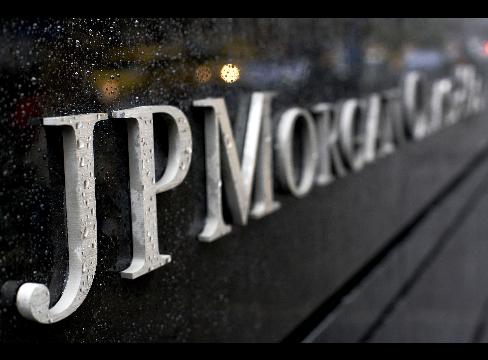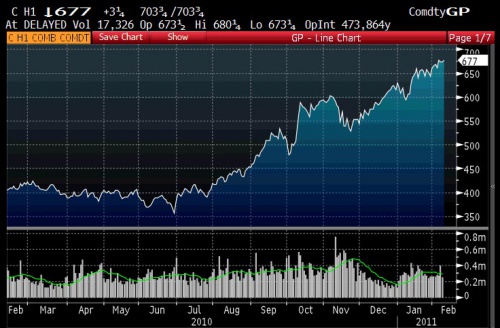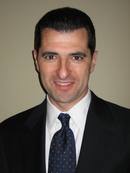Joe Saluzzi, co-founder of Themis Trading LLC and outspoken exchange expert, is concerned with how high-frequency trading has brought the capital markets into uncharted – and dangerous – territory.
“Things have changed,” he cautions. With 50-70% of all trades being conducted by algorithms at micro-second time intervals, real human traders are increasingly challenged to understand how our markets actually work. “No longer do the technical patterns – that have lasted for years and years, and are written about all over – work anymore.”
In the following interview, Joe and Chris plunge into “dark pools” and other poorly-understood elements of our now-machine-dominated financial exchanges. The current system is fraught with risks of further “flash crash”-like disruptions, and at a fundmental level, feels a lot like sanctioned theft by the deep-pocketed institutions who can outspend on technology and speed. This is an important interview for anyone involved in trading (professionally or personally), as well as investors who want to know how today’s markets truly operate.
Download/Play the Podcast
Read the Transcript of the Podcast (You’ll find the transcript also below.)
In this podcast, Joe sheds light on why:
- The flash crash happened and why our vulnerability to future crashes is even higher now.
- How the majority of trades that happen on a daily basis are now conducted by machines that have no underlying concern or understanding for the companies who’s securities they trade. The market has become volume for the sake of volume – which is not healthy.
- How the complexity and pace of the current technology driving trades has become so complex that it has effectively evolved beyond our ability to fully understand its risks.
- Why the government agencies responsible for understanding and overseeing exchanges are woefully under-resourced and unprepared to be effective in this new era.
- How the average trader is destined to lose in today’s market, while the big banks & HFT firms who can afford to win the arms race are making essentially-guaranteed profits.
As with our recent interviews with Jim Rogers, Marc Faber and Bill Fleckenstein, Jim ends the interview with his specific advice for the average trader/investor.
Transcript for Joe Saluzzi on High-Frequency Trading: The Equity Market Is Now Controlled By The Machines
Below is the transcript to Joe Saluzzi on High-Frequency Trading: The Equity Market Is Now Controlled By The Machines:
Chris: Hello this is Chris Martenson of ChrisMartenson.com, and today we’re going to be talking about a very important subject: how the stock market works. Specifically, about something called high frequency trading and its importance to you, its importance to the markets and its importance to our future. We are very fortunate today to be talking with Joe Saluzzi, a partner, cofounder and co-head of the equity trading firm Themis Trading, a leading independent agency brokerage firm that trades equities for institutional money managers and hedge funds. Prior to Themis, Joe headed the team responsible for equity sales and trading for major institutional accounts at Instinet corporation for more than 9 years. He’s a frequent speaker on issues involving market access, algorithmic trading, other sell and buy side concerns. He’s provided expert commentary for media outlets such as 60 minutes, Bloomberg, CNBC, Wall St Journal and many others.
Joe, welcome, it’s a real pleasure to be able to talk to you today.
Joe: Thanks a lot, Chris. Thanks for having me.
Read moreJoe Saluzzi on High-Frequency Trading: The Equity Market Is Now Controlled By The Machines



